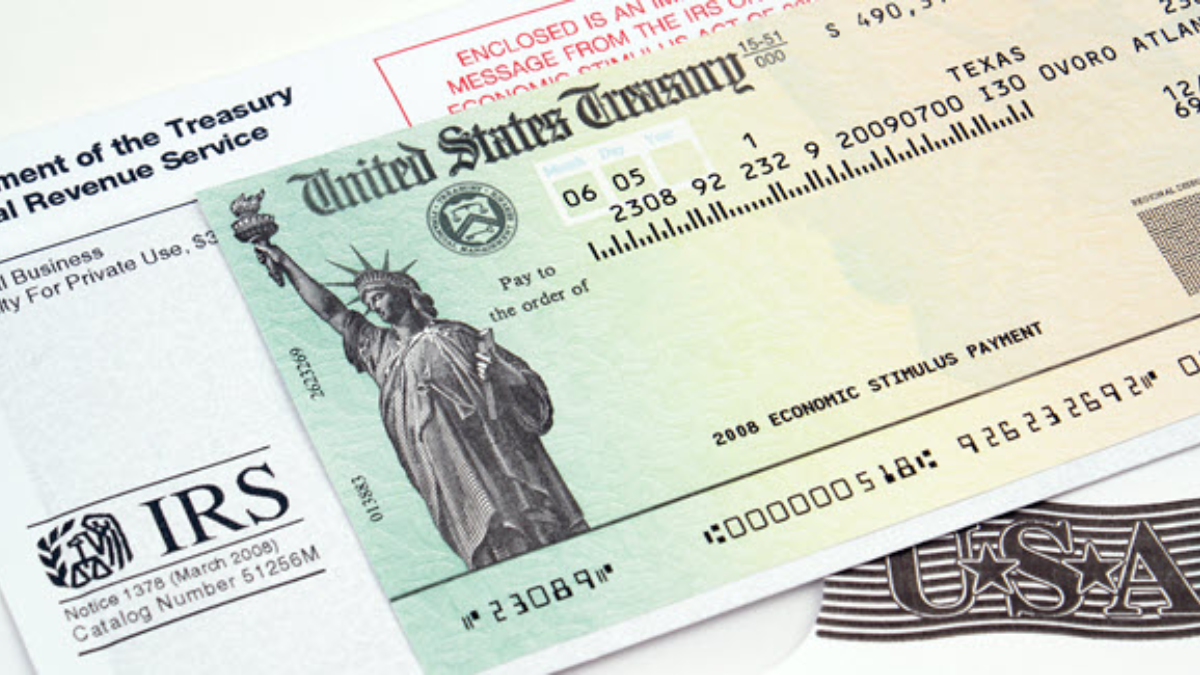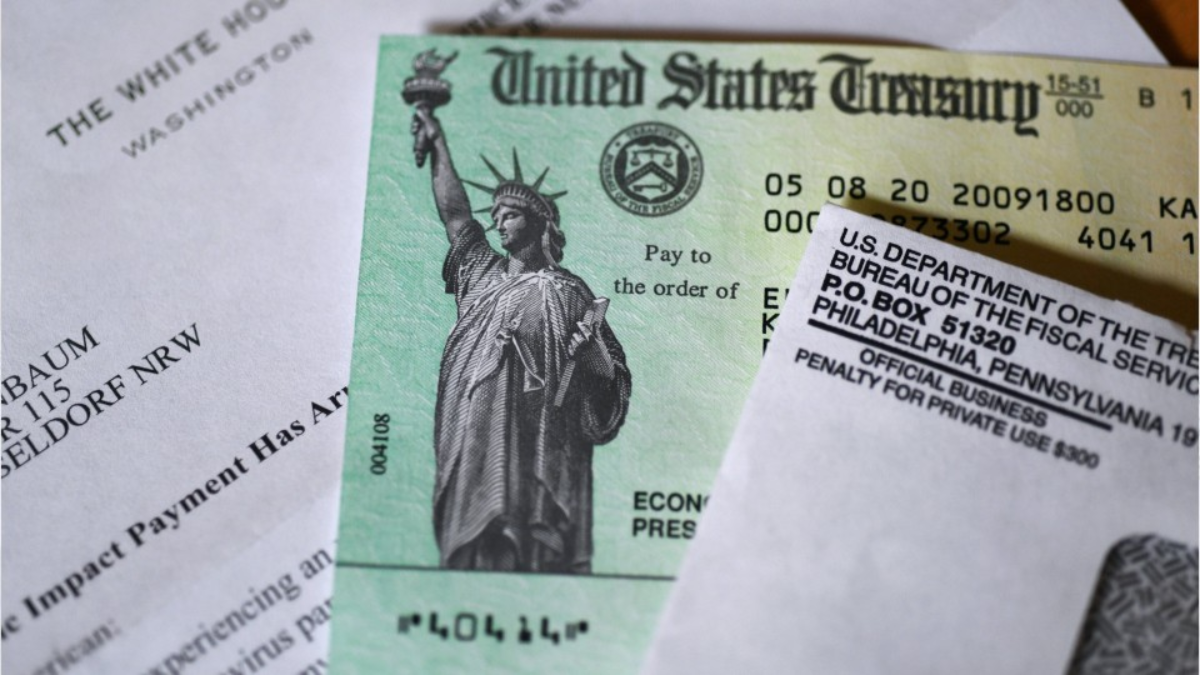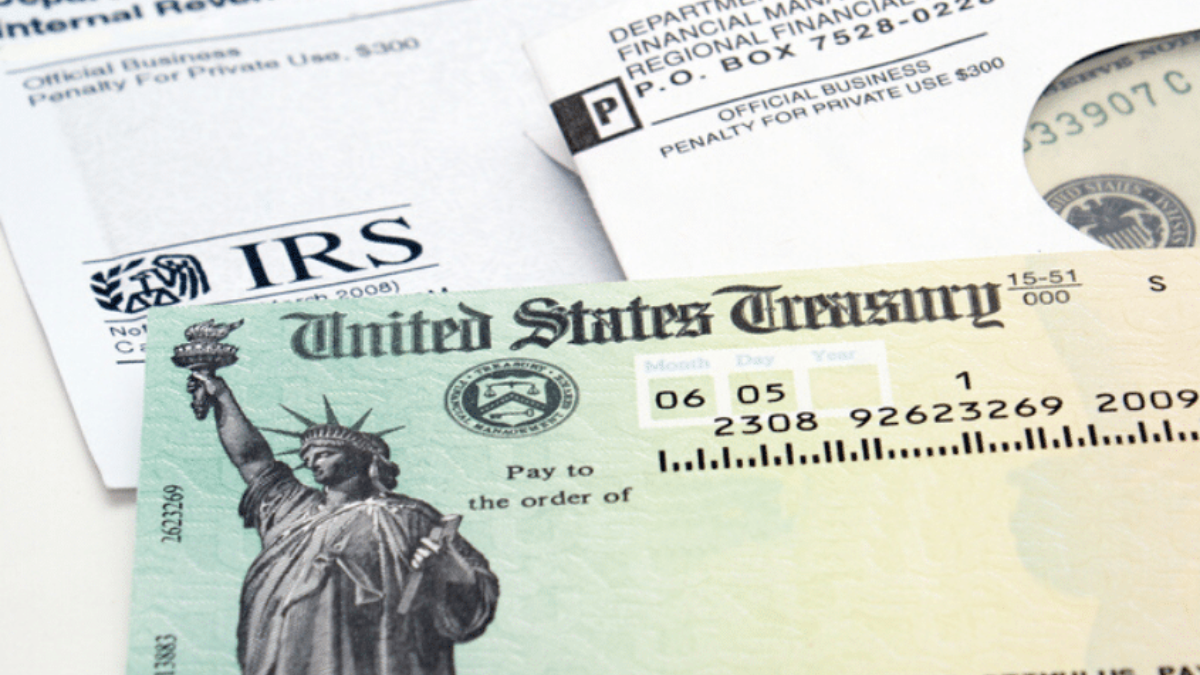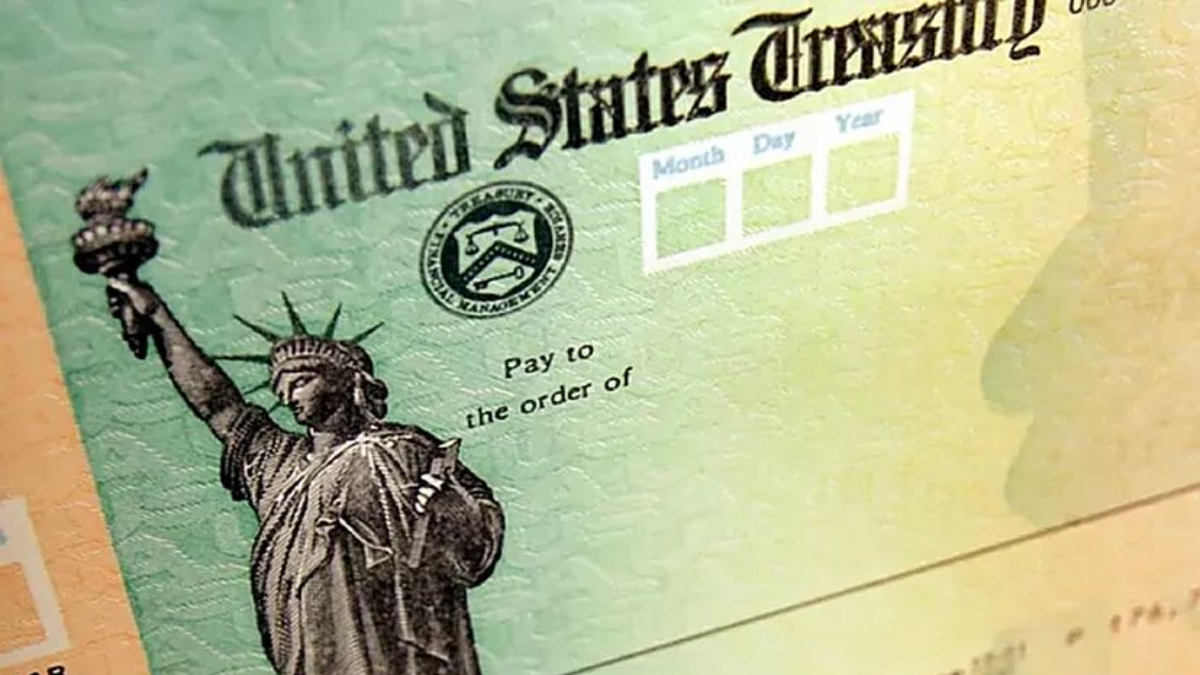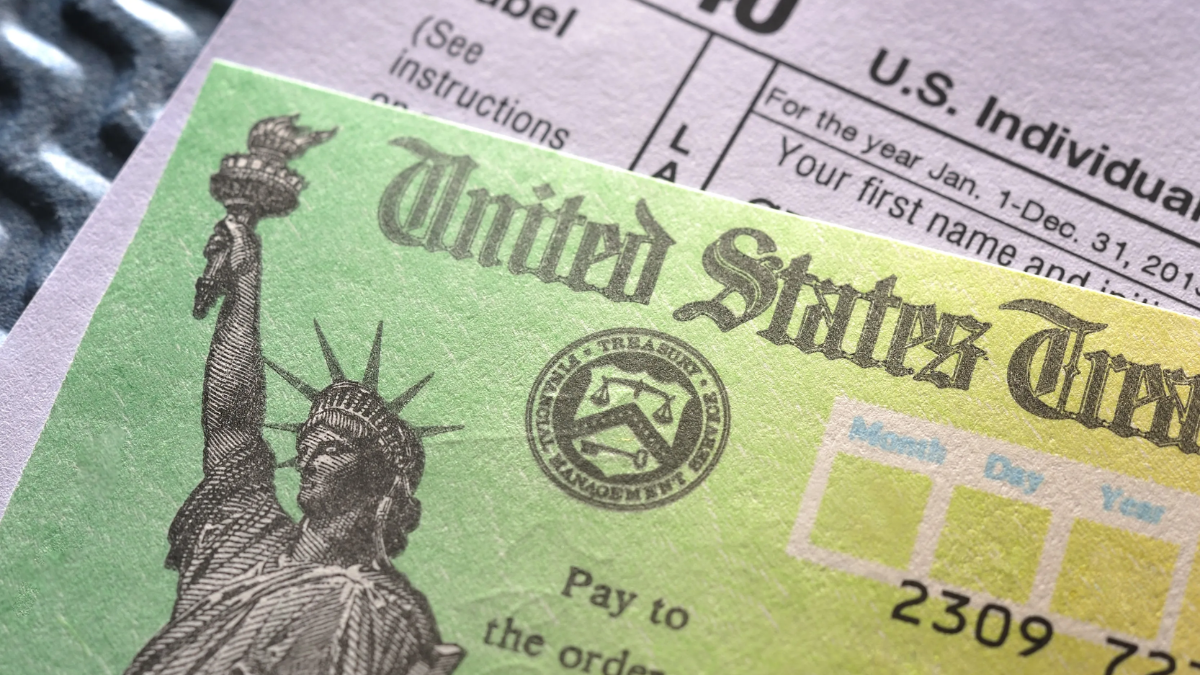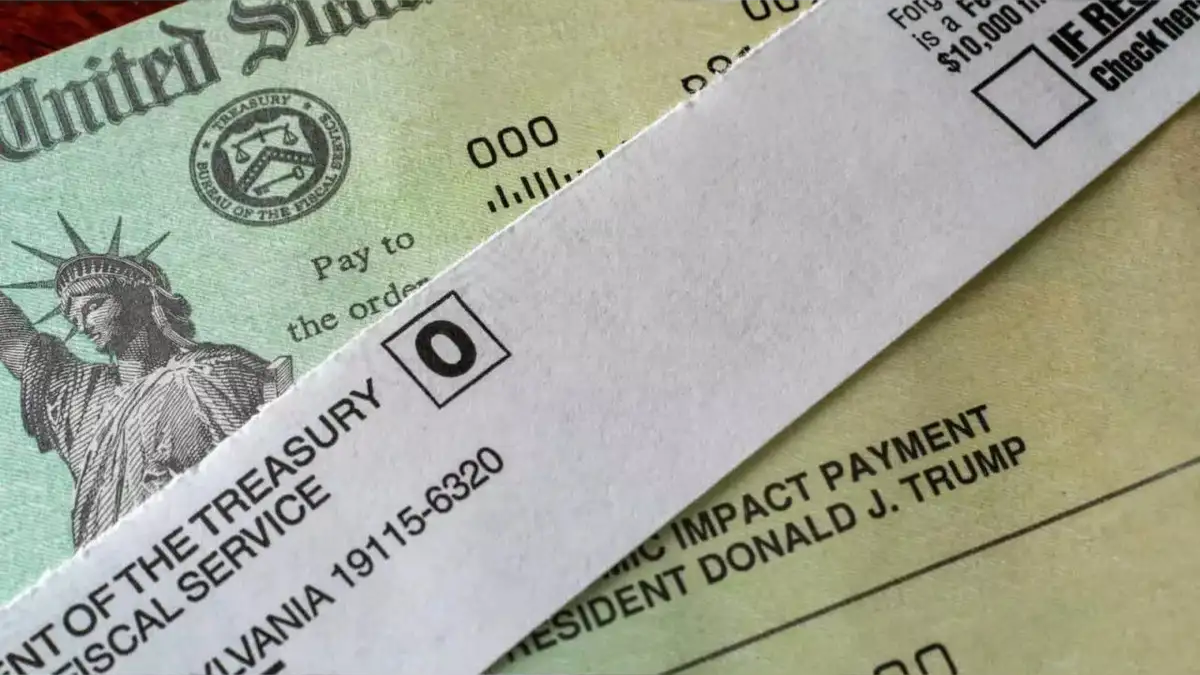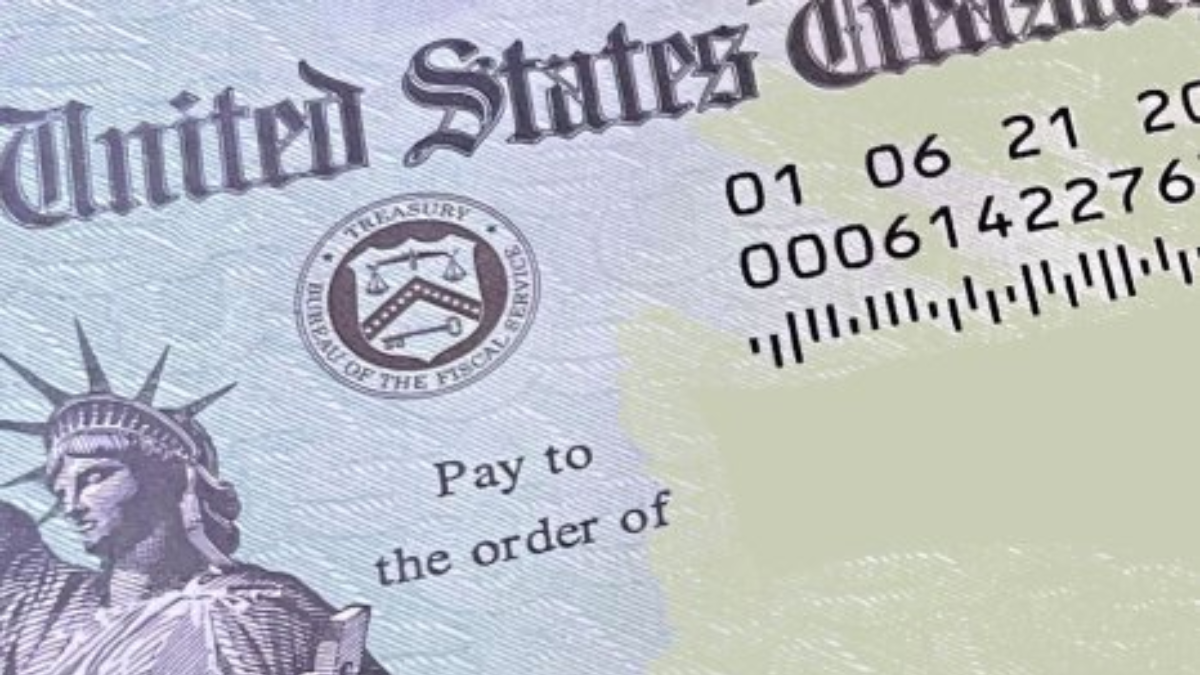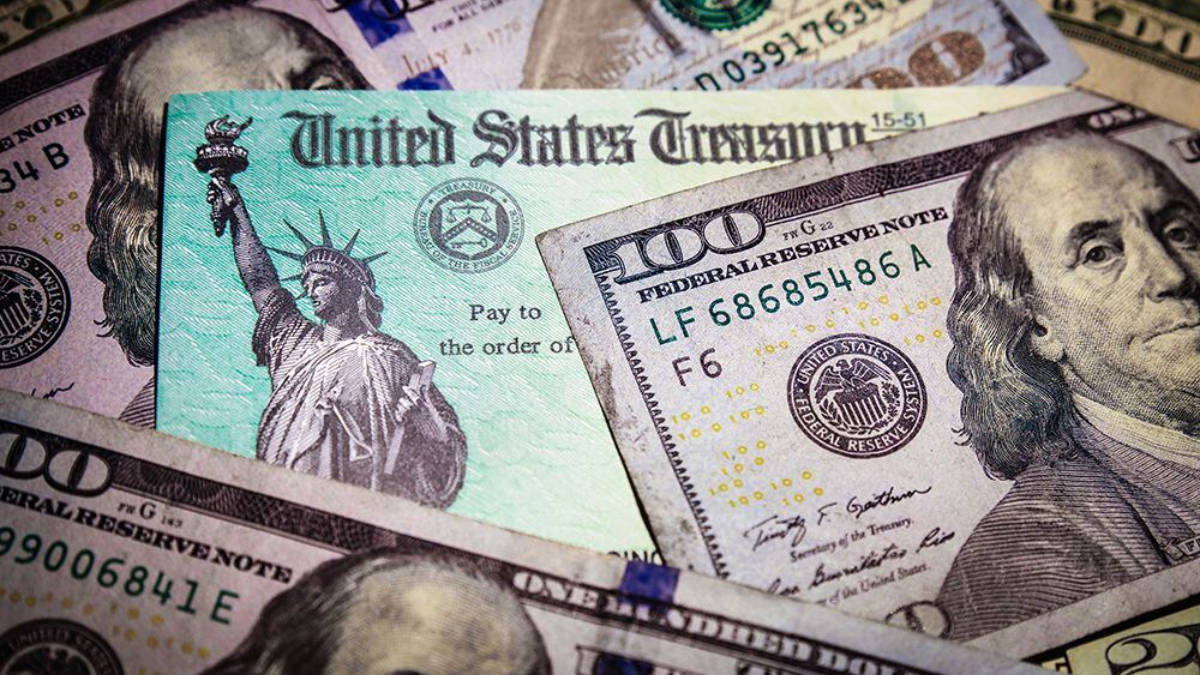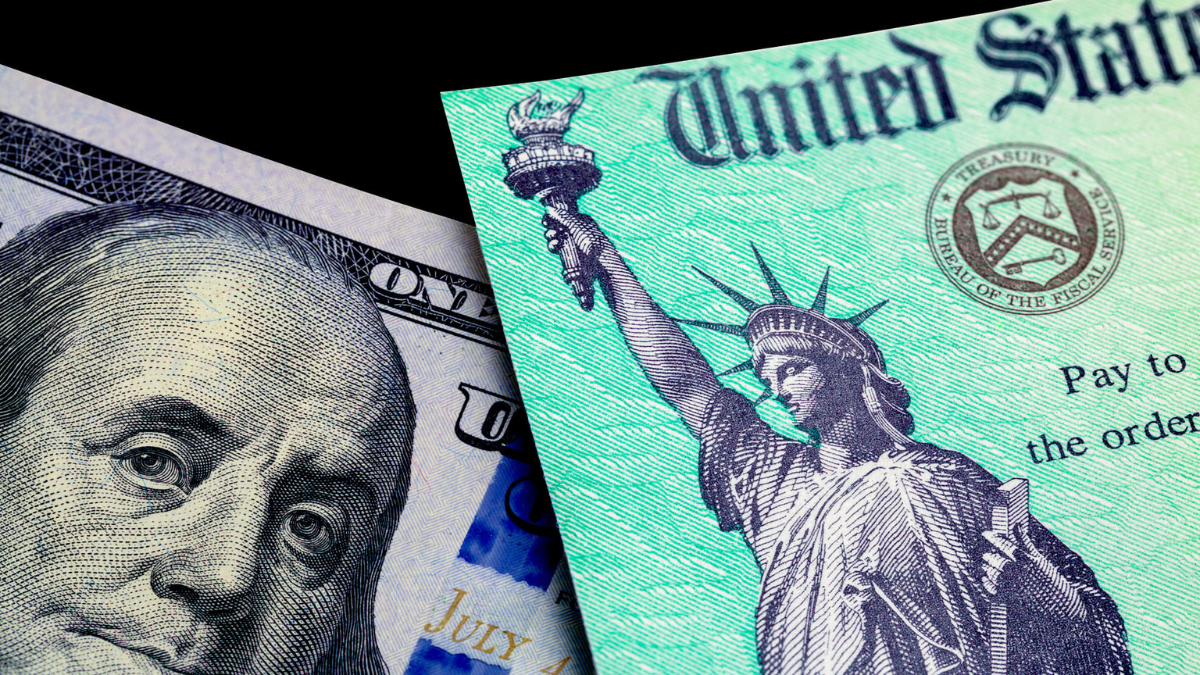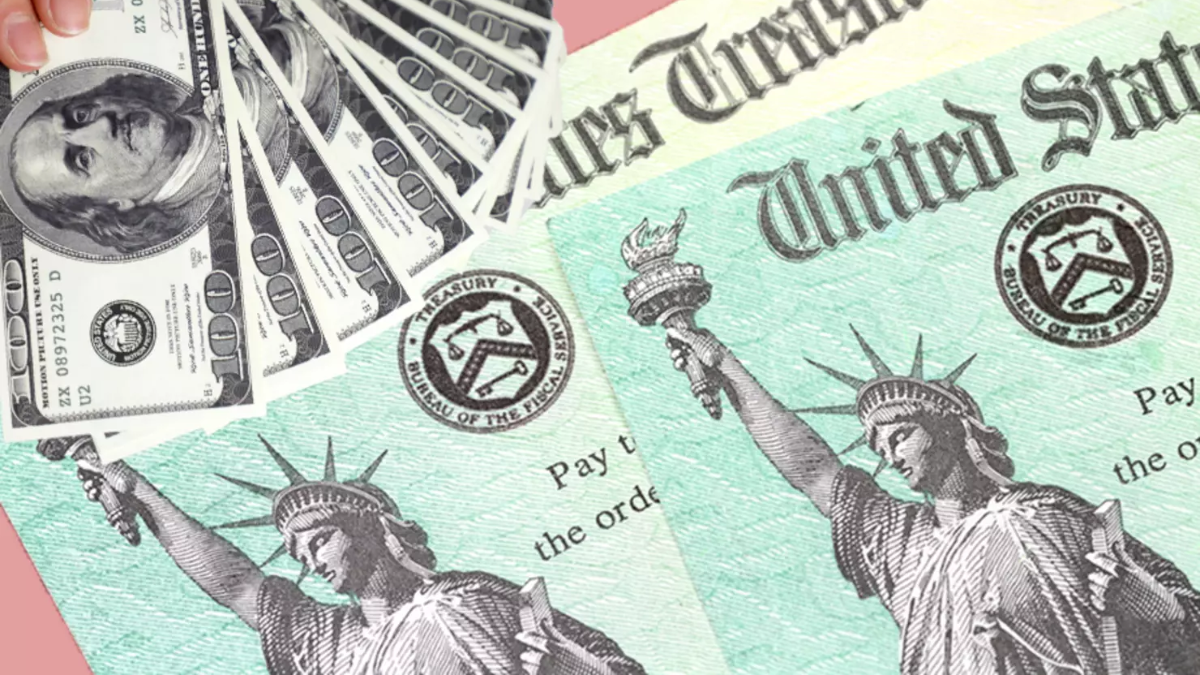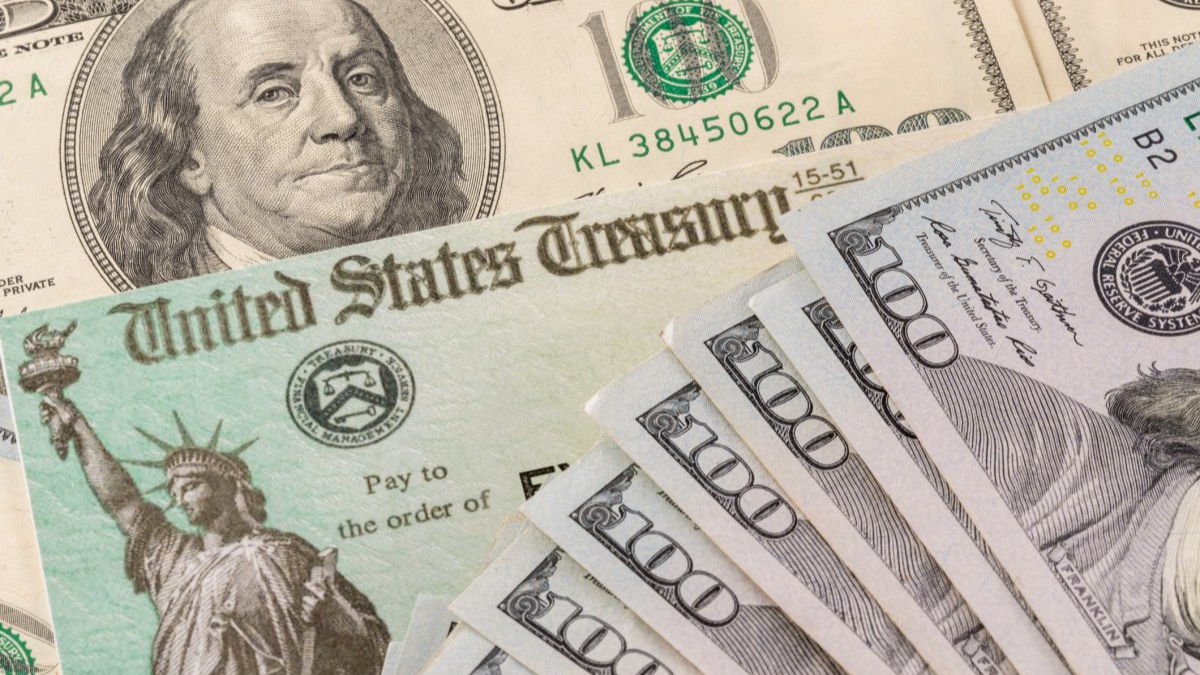The U.S. government has announced a new round of $2,700 stimulus payments set to roll out in August 2025, targeting Americans who are still struggling with inflation and financial instability. This financial aid is part of the economic relief strategy aimed at supporting low- to moderate-income households, especially those impacted by rising living expenses, healthcare costs, and unemployment. Here’s what you need to know about the eligibility, payment dates, and how to claim the stimulus.
Eligibility Criteria for the $2,700 August Stimulus
To qualify for the $2,700 stimulus, individuals must meet specific income and residency requirements. Single filers earning less than $75,000 annually and married couples earning under $150,000 jointly are eligible for the full amount. Heads of households must earn below $112,500. Additionally, you must have filed your 2024 federal tax return and have a valid Social Security Number. Recipients of Social Security, SSI, SSDI, and veterans’ benefits may also qualify, even if they haven’t filed a recent return, as long as their benefit status is active and on file with the IRS.
Payment Schedule and Distribution Method
The IRS has released a tentative schedule for disbursing the $2,700 payments beginning August 5, 2025. Direct deposits will be prioritized, followed by mailed checks and prepaid debit cards. Those with up-to-date bank account information with the IRS will likely receive their payments in the first wave. The final disbursement wave is expected to conclude by August 30, 2025.
| Payment Date Range | Delivery Method |
|---|---|
| August 5–9, 2025 | Direct Deposit (Wave 1) |
| August 12–16, 2025 | Paper Checks (Wave 2) |
| August 19–23, 2025 | Prepaid Debit Cards (Wave 3) |
| August 26–30, 2025 | Final Adjustment Wave |
How to Check Your Status and File If Needed
Eligible individuals can visit the IRS “Get My Payment” portal to track their stimulus status. If your banking or mailing details have changed, you must update your IRS profile immediately to avoid delays. Those who haven’t filed their 2024 tax returns must do so before July 20, 2025, to be considered for the August payout. Individuals who don’t usually file taxes, like low-income seniors and certain veterans, can use the IRS non-filer tool to claim their payment.
Common Issues and Troubleshooting Tips
Delays can occur due to incorrect bank information, outdated mailing addresses, or incomplete filings. If your payment is returned to the IRS, you’ll need to request a reissue manually through the IRS portal. Double-check all details, especially your Social Security Number and dependent claims, as errors here are common causes of missed payments. If you’ve moved recently, notify both the IRS and USPS to forward mail accurately.
The $2,700 August stimulus offers much-needed relief for millions of Americans dealing with ongoing financial pressure. By understanding the eligibility rules, payment methods, and action steps required, you can ensure your funds are delivered without delay. If you think you qualify, take action now by filing your taxes, checking your IRS profile, and watching the payment timeline closely. Every dollar counts during times like these.
FAQ’s:
1. Do I need to apply separately for the $2,700 stimulus?
No application is required if you’ve already filed your 2024 taxes. The IRS uses your return to determine eligibility.
2. Will Social Security recipients automatically receive it?
Yes, if their benefit status is current with the IRS and they meet the income requirements.
3. What if I haven’t filed taxes in years?
Use the IRS non-filer tool or file a 2024 return by July 20 to be considered.
4. Can I get the payment on a Direct Express card?
Yes, if your benefits are loaded to a Direct Express card, the IRS may deposit the funds there.
5. What if my payment is delayed or missing?
Visit the IRS “Get My Payment” portal to track your status or call the IRS hotline for assistance.
